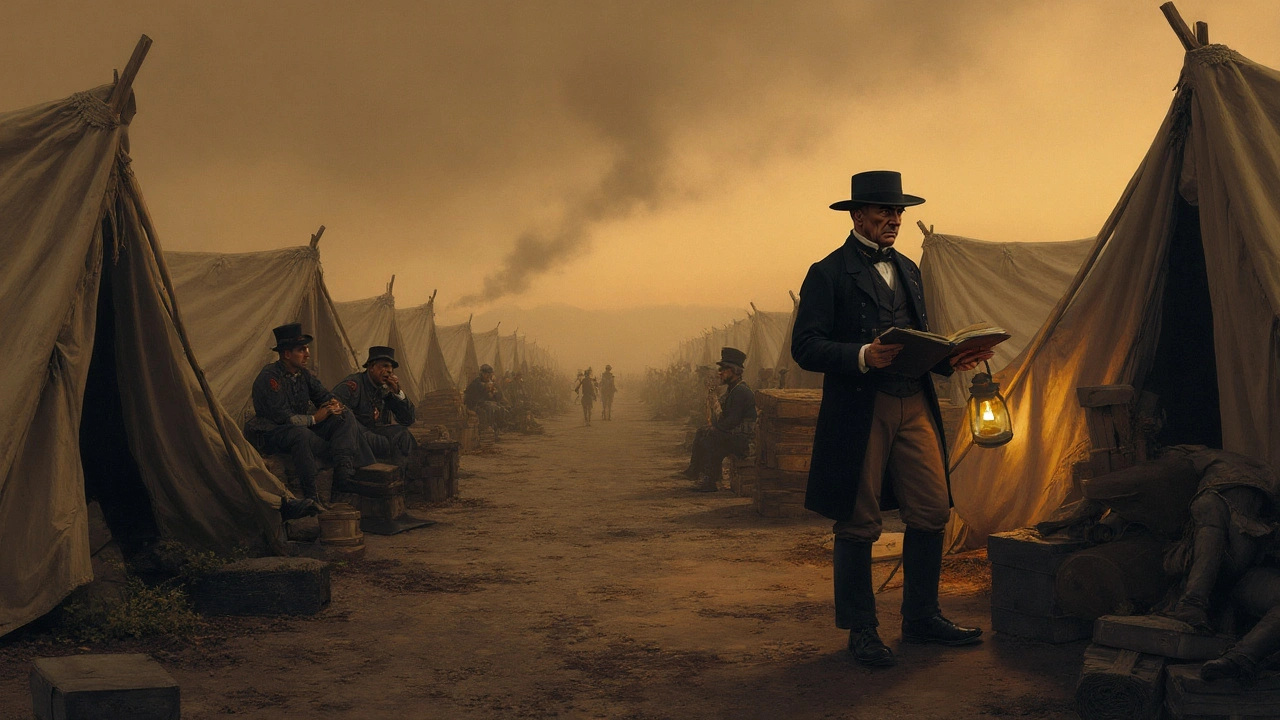Historical TB Outbreaks: What Happened and Why It Matters
Tuberculosis, often called TB, has been around for thousands of years. Before antibiotics, it caused countless deaths and shaped societies. Understanding the biggest outbreaks helps us see how the disease spreads and what we can do to stop it now.
Big 19th‑Century Outbreaks
The industrial revolution turned cities into crowded, smoky places. In the 1800s, TB exploded in Europe and North America. Factories packed workers into tiny rooms, and poor ventilation let the bacteria travel easily. doctors saw more coughing patients, and death rates climbed.
One famous case was the 1840s cholera‑TB combo in London. Overcrowded slums meant one sick person could infect dozens in a single day. The disease didn’t respect class – both wealthy families and laborers fell ill, though the poor suffered the most.
By the late 1800s, the “White Plague” had become a public health nightmare. Governments started building sanatoriums, places where patients could rest, get fresh air, and eat well. While these huts didn’t cure TB, they reduced spread by isolating the sick.
Modern Lessons from Old Outbreaks
When antibiotics arrived in the 1940s, TB rates fell dramatically. But the early 20th‑century struggle taught us three key things. First, crowds and bad air boost transmission, so ventilation matters in schools, offices, and homes. Second, early detection saves lives – spotting a cough early means treatment can start before the disease spreads. Third, social factors like poverty and housing affect who gets sick the most.
Today, TB still shows up in places with weak health systems. Outbreaks in refugee camps or crowded prisons echo the past. Applying old lessons – good ventilation, quick testing, and support for vulnerable groups – can cut new cases.
So when you hear about a TB spike, remember it’s not a new problem. History shows us how the disease spreads and what works to stop it. By keeping homes airy, getting checked when you cough, and helping those in tough living conditions, we can keep TB from becoming a major threat again.
Tuberculosis in the Military: A Historical Look at Outbreaks and Responses
Explore how tuberculosis shaped armies from the 19th century to today, covering outbreaks, sanatoriums, vaccines, and lasting lessons for military medicine.
